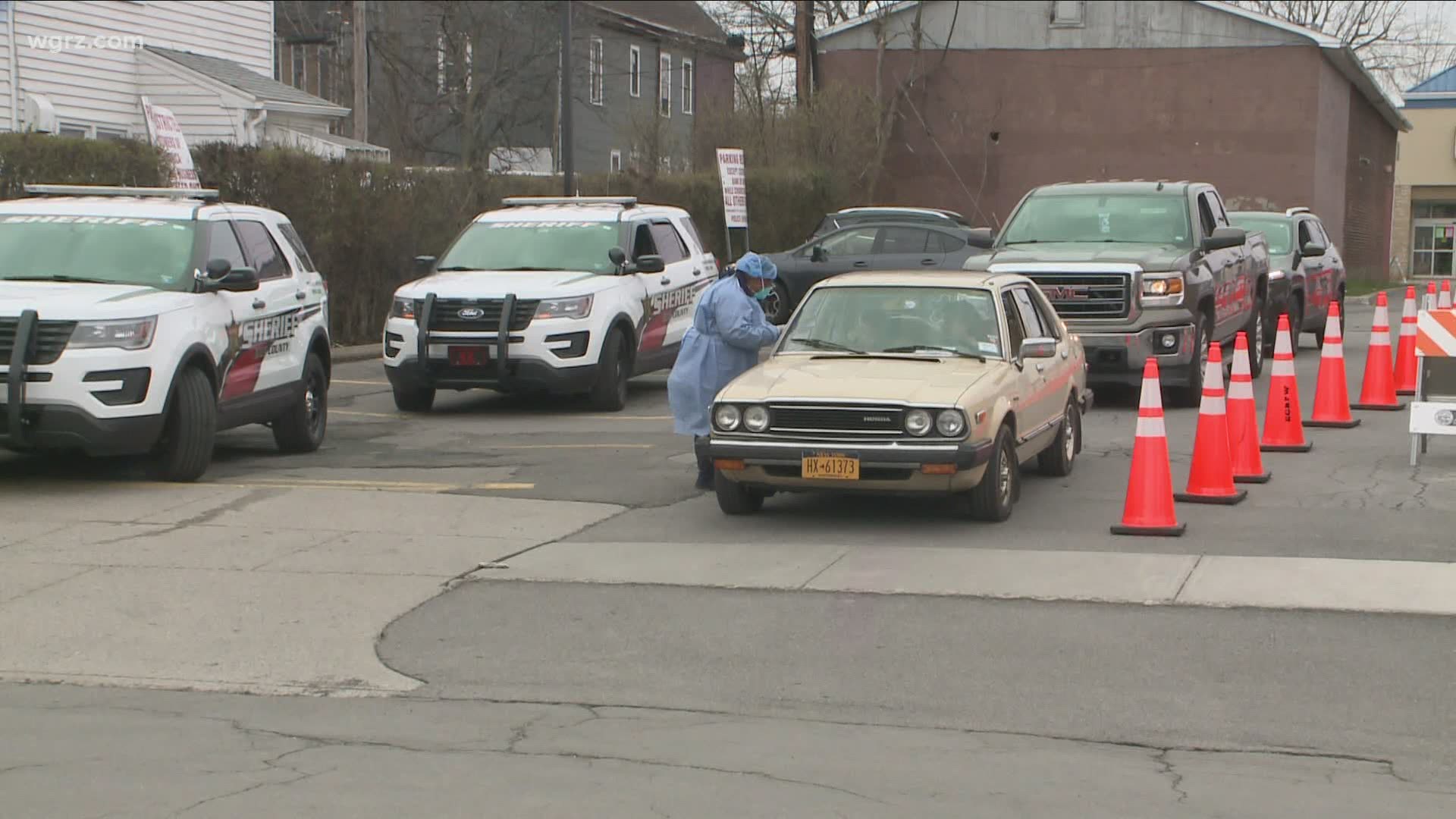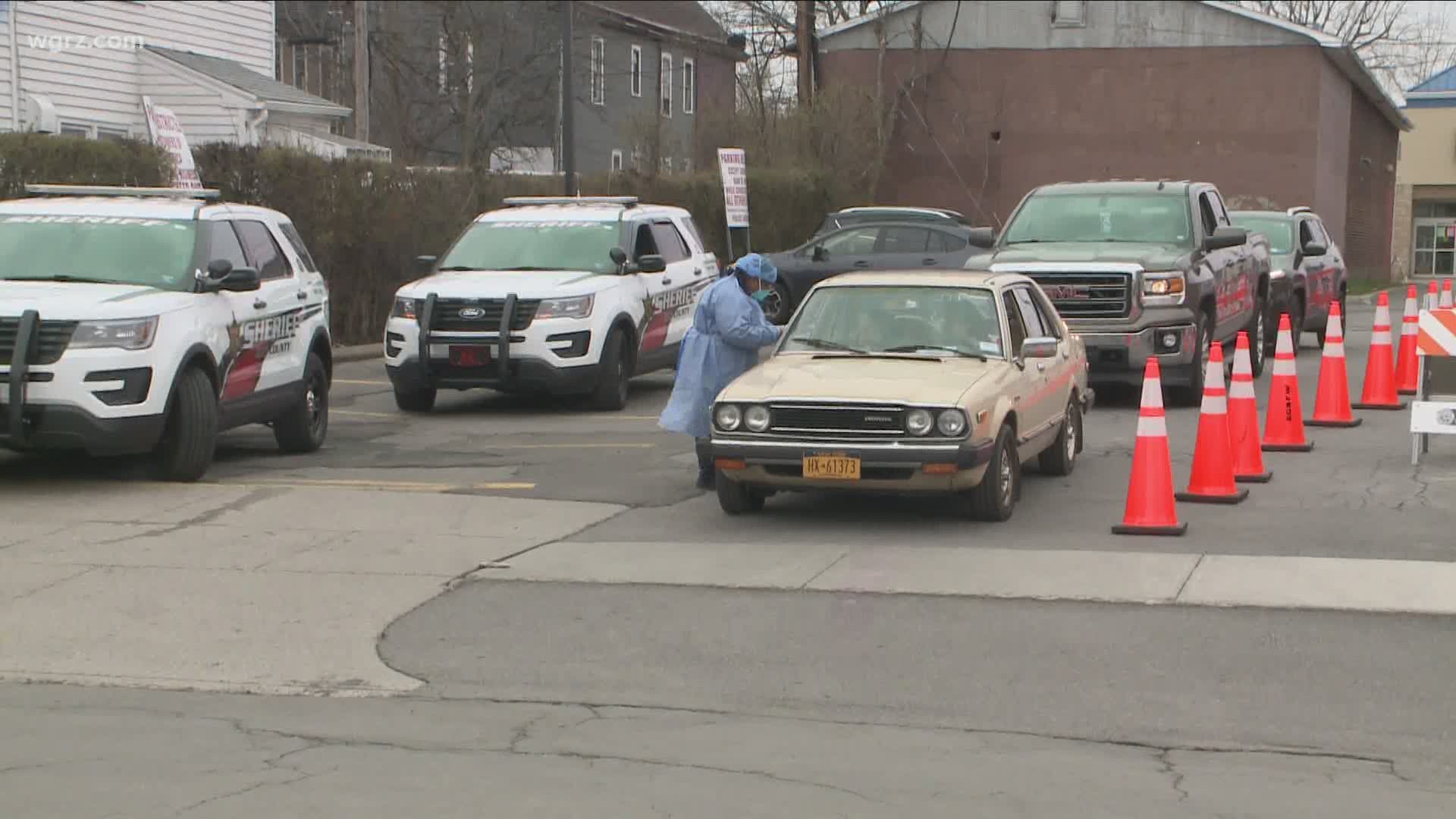BUFFALO, N.Y. — Early on in the coronavirus pandemic, there was a lot of concern of COVID-19 cases spiking and remaining high in areas that are traditionally underserved: the Black and Latino community.
Locally, there is encouraging data on health disparities broken down by race.
“Our initial data was not good in terms of fatalities, but the most recent data that we have shows things going in the right direction,” said Pastor George Nicholas of the African American Health Disparities Task Force.
Since April, when hospitalizations were on the rise locally, the percentage gap of African Americans dying from coronavirus has shrunk.
That has local advocates and doctors not only talking about a success story, but a path forward to addressing other health problems.
Here are some numbers:
In late April when hospitalizations were at the highest in Western New York, African Americans made up 21 percent of fatalities due to COVID, while making up 14 percent of the population.
From numbers released by the county Wednesday, Blacks make up 16 percent of coronavirus deaths in the county, so the rate of African Americans dying from COVID has slowed.
“I don’t want to name them because I will probably miss one but so many people came together with one goal and that was to beat this to cut this off at the pass and have minimal impact to the community and it has,” said Dr. Willie Underwood of the Buffalo Center for Health Equity.
Dr. Underwood says increased testing with the need for a primary care doctor and getting more personal protective equipment, especially on the East Side, has been key.
“Now you see that Blacks are not dying disproportionately to the disease in Western New York or in Buffalo, especially as they are or as they have throughout other parts of the country,” he said.
Dr. Underwood wonders if there is more equality in resources there can be more equal outcomes, on a variety of health issues.
“Is this a success story? I would say yes, but I would take it a step further is this a new paradigm shift when we begin to look at health equity,” Underwood said.
Members of the African American Health Disparities Task Force say, early on, a lot of people on the grassroots level spread the word to take the coronavirus seriously.
“It wasn’t so much a function of the virus itself by itself it was a function of the fact that in those communities there were three pre-existing conditions that were prevalent for African Americans that made that population more vulnerable,” Nicholas said.
Those pre-existing conditions include asthma, diabetes and heart disease. Nicholas says from information he has seen nationally, Buffalo is doing much better than many other cities in terms of addressing the inequality gap based on race.
There remains significant inequalities impacting the black community, such as poverty and education.
The task force is in the process of taking a deeper dive into the numbers.


